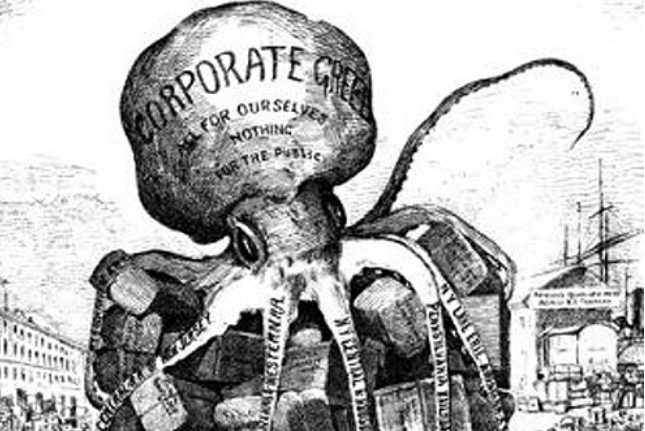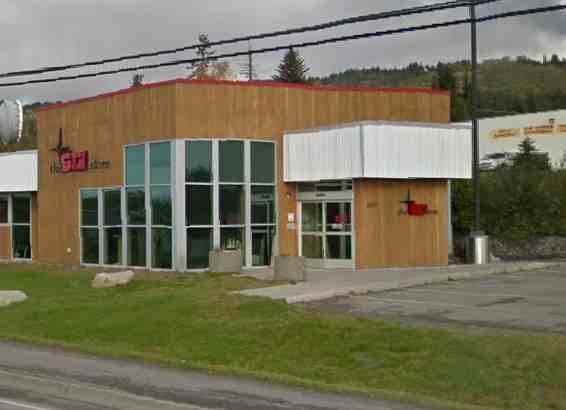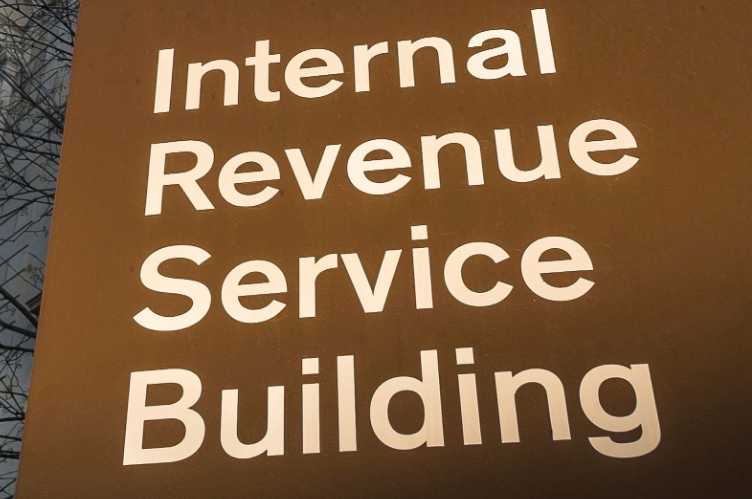
U.S. stock prices fell sharply Friday amid signs of weak price growth and disappointing earnings from some major American department stores. The Dow Jones industrial average plunged 150 points at the opening bell after luxury retail giant Nordstrom reported earnings that fell below forecasts.
Nordstrom stocks fell more than 15 percent to $53.50 after the company lowered its projections for the rest of the year. Nordstrom’s-weaker-than expected earnings followed disappointing results earlier in the week from department store chains Macy’s and J.C. Penney.
New data showed retail spending in October was also weaker than expected. And a separate report on inflation showed wholesale prices fell for the second month in a row. Economists watch retail sales and inflation figures closely because consumer spending is the biggest driver of the U.S. economy.
Could the disappointing retail numbers be a sign of things to come for the all-important holiday shopping season? PNC senior economist Gus Faucher said it wasn’t likely. More Americans are working and consumer confidence rose for a second month in a row, he said, meaning “Americans are feeling better about the economy.”
Faucher told VOA, “It’s not going to be a great season, but I think it’s going to be better than last year.”
The National Retail Federation was similarly upbeat. The NRF, the world’s largest retail trade association, predicted retail sales in November and December would increase 3.7 percent, to more than $630 billion. That’s a significantly higher increase than the 10-year average for holiday sales of 2.5 percent.
NRF spokeswoman Kathy Grannis-Allen told VOA that “lower gasoline prices and heavy price competition among retailers will mean great deals for consumers.”
The NRF also forecast a big increase in online sales, rising between 6 and 8 percent from the year before to as much as $105 billion.
The big test for retailers will come the day after Thanksgiving, which traditionally marks the start of the holiday shopping season.
[xyz-ihs snippet=”adsense-body-ad”]“Black Friday,” as it has come to be known, symbolizes the day when retailers move into profit mode or are “in the black.” Major retailers try to lure consumers on Black Friday by offering longer store hours and deep discounts. For some retailers, holiday sales can account for as much as 40 percent of annual profits.
Low inflation remains a worry for some economists. The Producer Price Index, which measures the prices charged by farmers and manufacturers before products reach consumers, fell four-tenths of a percentage point in October and was down 1.6 percent over the past year.
Negative price growth, or deflation, could pose a challenge to the U.S. central bank, which has signaled plans to raise interest rates when it meets in December.
Central bank officials had vowed to keep interest rates at record lows until the economy reached full employment and inflation neared their target rate of 2 percent.
The Federal Reserve has not raised its benchmark rates for nearly a decade in a bid to stimulate employment and bolster investment following the 2008 financial crisis.
PNC’s Gus Faucher said weak inflation was unlikely to alter the Fed’s timetable for a rate increase.
If inflation stays low, the Fed could raise its benchmark rate at a slower pace, but “it’s not likely to stop a rate hike, given the strong job numbers of the last few months,” Faucher said.
Source : VOA
[content id=”18641″]







